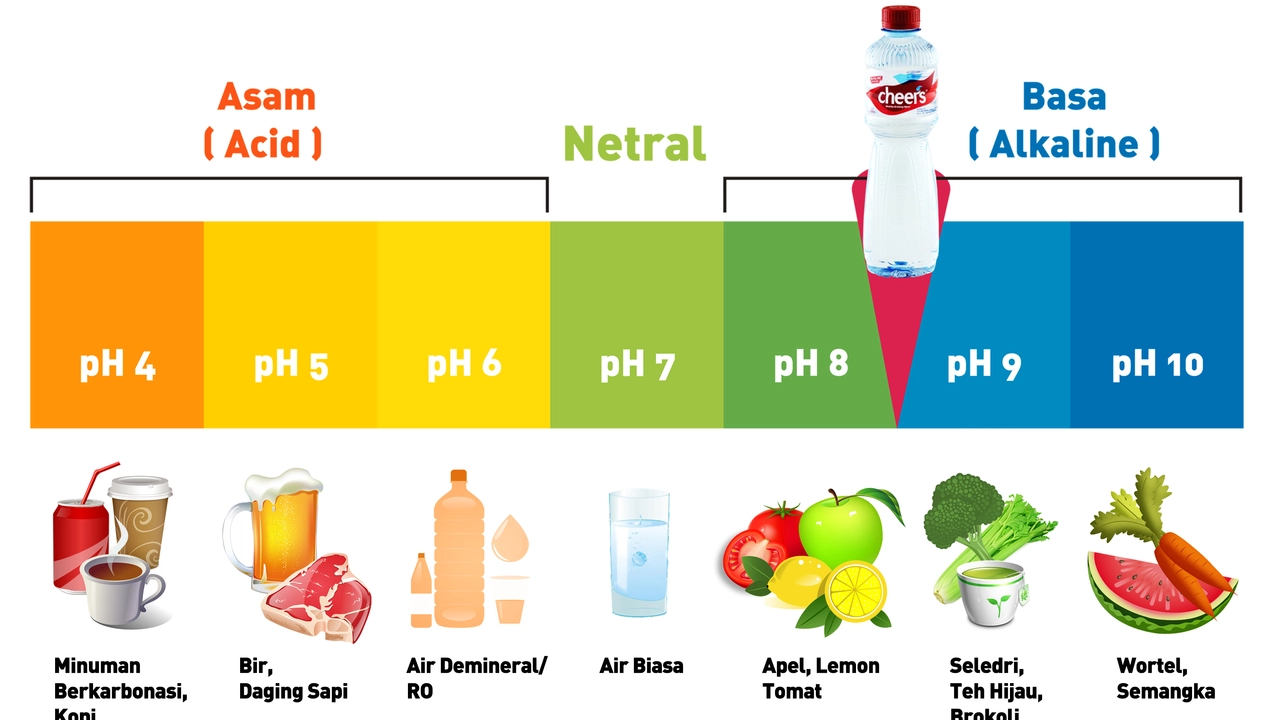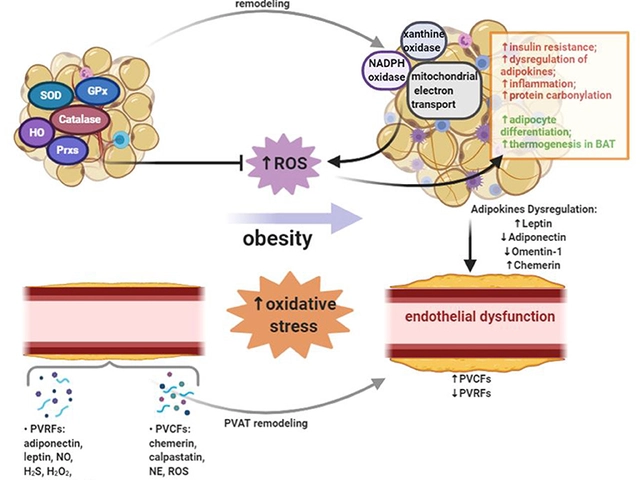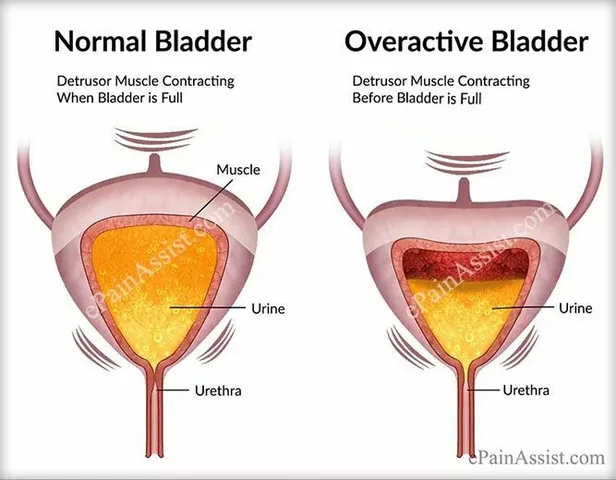Alkaline Diet and Diarrhea — November 2023 Archives
If you read our November post, you saw a practical look at how an alkaline diet can affect diarrhea and gut balance. This archive page sums up the main points so you can act fast when digestion goes off track.
What the post covered
The main idea: food choices change gut environment and pH can influence symptoms like loose stools. We explained how aiming for more alkaline-forming foods may help neutralize excess acidity and calm irritation in some cases. The post listed specific foods that tend to be alkalizing—leafy greens, cucumbers, avocados, and many fruits—and showed which common choices are acid-forming, such as processed meats, sugary drinks, and fried snacks.
We also broke down simple swaps you can use right away: swap soda for water with lemon, trade refined grains for whole grains, and add more steamed vegetables instead of fried ones. Practical advice like this helps reduce triggers that sometimes worsen diarrhea.
Quick tips you can try today
If diarrhea hits, try these steps: stay hydrated with plain water or an oral rehydration solution; eat bland, alkaline-friendly foods like bananas, boiled potatoes, and plain rice; avoid dairy and greasy foods until your stool firms up. Small meals, not big ones, reduce gut stress. Also, add probiotic foods like plain yogurt or fermented vegetables if they suit you—these can help rebalance gut bacteria.
We made sure to be realistic: an alkaline diet is not a cure-all. If diarrhea is from an infection, medication or testing might be needed. If symptoms last more than two days for adults or sooner for infants and older adults, see a healthcare provider.
The post pointed out that diet changes affect people differently. Some readers felt relief within days after adjusting meals, while others needed more time or medical care. Your body and causes matter, so watch how you respond to specific foods.
Why pH matters: your body keeps blood pH tight, but urine and gut pH can shift with diet. Shifting to alkaline-forming foods may reduce acid load in the gut and change which bacteria thrive. That shift can reduce irritation that sometimes leads to diarrhea.
Where to read more: the full article on Pharmstore.com dives deeper into food lists, meal ideas, and when to seek help. If you want a quick action plan, use the swaps above and monitor results for 48–72 hours.
Have questions or want a meal plan based on this approach? Contact us through the site or comment on the original post. We’ll update posts as new evidence appears so you get practical, current advice.
If you tried the swaps and feel better, keep a simple food diary for a week to spot patterns. Note meals, symptoms, and stool changes — this helps you and your doctor make good choices. If you don't improve, bring the diary to your appointment. For updates and new posts about gut health and diet, subscribe to Pharmstore.com or follow our social channels for short practical tips. Keep notes.

Hey there, folks! If you're on the hunt for an affordable and trustworthy solution to hair loss, I've got great news. You can now buy Propecia online at your convenience. Not only is it an effective solution to hair loss, but it's also easy on the pocket. Come on over, make a purchase, and let's bid hair loss goodbye together!
Chris Gore Nov 13, 2023
Hi guys! In today's post, I'll be exploring the relationship between an alkaline diet and gut health, particularly with respect to alleviating symptoms of diarrhea. We'll dive deep into how maintaining pH balance through an alkaline diet can impact our digestive health. Let's unpack the significance of pH balance for managing gut health, and discover what foods can help neutralize acidity in our bodies and potentially provide relief from diarrhea. It's time to take control of our health, one meal at a time!
Chris Gore Nov 8, 2023




